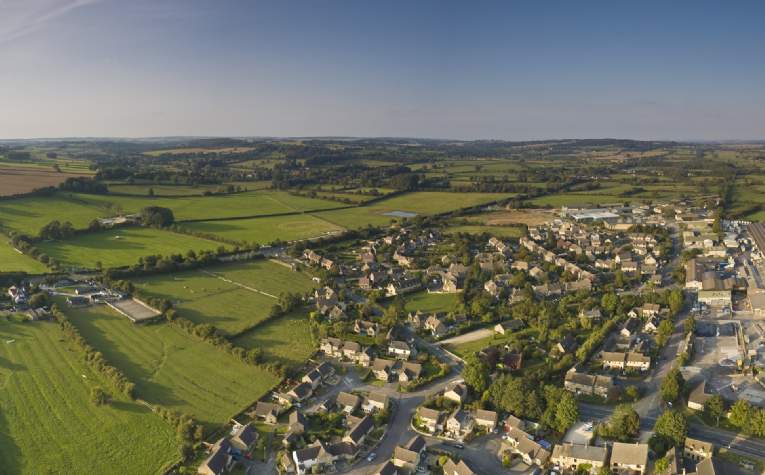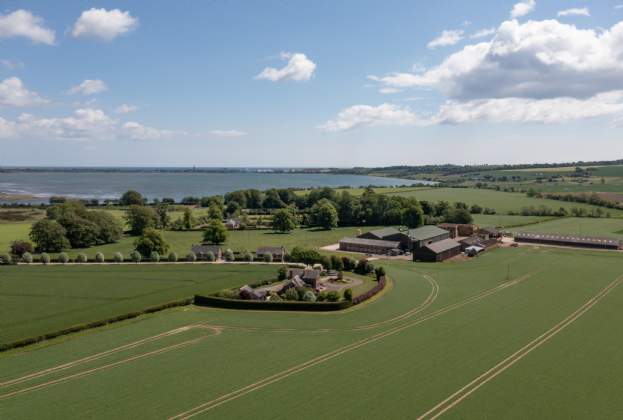The need for regular budgeting and cashflow forecasting has never been more important for today’s rural businesses. While many arable farms may have received good returns from last year’s harvest, this has been partly offset by rising input costs – namely fertiliser – and the continued phasing out of BPS.
Of course, yields will have a big part to play in the overall profitability of arable farms. And selling forward earlier in the year may well be a saving grace for those who capitalised on wheat prices in the region of £200- 250/t. However this typically only accounts for 20-50 per cent of crop sales – highlighting the need for continued financial planning throughout the year.
Keeping a clinical eye on cashflow and regularly updating costs within existing budgets enables farmers and rural business managers to make sound strategic decisions. The use of breakeven spreadsheets has allowed a number of farms to not only understand the cost of production per ton but also ensure sale prices are considered carefully alongside required profit/returns.
As we approach a new cropping season there is no better time to plan for the year ahead – with free business advice still available through the Future Farming Resilience Fund. To ensure you get off to a good start it's important to understand a few fundamentals:
- Monitor commodity markets – where will your breakeven point be in terms of costs and production? Forecast a range of outcomes so you can prepare for a best and worst case scenario.
- The more detail the better – paint an accurate picture of income vs costs. Use previous application and establishment records to predict potential yields. How much will inputs such as fertilisers, sprays and seeds set you back? What about additional expenditure such as income tax or insurance?
- Be aware of additional support – what extra income is available from schemes such as the Sustainable Farming Incentive? What future initiatives might be coming through?
- Control fixed costs – be sure to regularly review fixed costs such as electricity, water, pest control, third party grain storage, agronomy advice and assurance schemes.
Lower fertiliser costs and reasonable wheat prices mean that income is forecast to be more stable for 2024’s harvest. However if the last few years have taught us anything it’s that a lot can happen in the space of just a few months. Sound financial planning will ensure clear management decisions that give rural businesses the best chance of navigating whatever lies ahead.
Further information
Contact Tim Frost or Matt Riddington
.jpg)
.jpg)
.jpg)

.jpg)
.jpg)
.jpg)
.jpg)
.jpg)

.jpg)